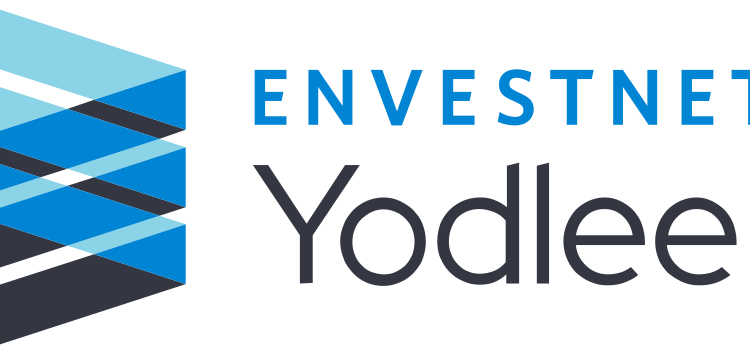Many households are facing financial strain as credit-card debt surpasses savings
- More than one-third of U.S. households have more credit-card debt than emergency savings
- Credit-card interest rates have climbed to 20% or higher
- Middle-income households are spending more on necessity items than their incomes have risen
- Grocery prices and rent have increased significantly in the past four years
- 36% of surveyed individuals want to tackle debt and savings simultaneously
- The avalanche method and snowball method are popular approaches to paying off credit-card debt
- Creating a spending plan and automating savings can help build an emergency fund
Many Americans are finding themselves in a precarious financial situation as their credit-card debt exceeds their emergency savings. More than one-third of U.S. households are carrying more credit-card debt month to month than they have in emergency savings funds. This is particularly true for Gen X and millennial consumers. The high cost of living, including rising grocery prices and rent, is outpacing income growth for many middle-income households. As a result, credit-card balances are rising, and delinquencies are increasing. To address this issue, individuals are looking for ways to build their emergency savings while paying down their credit-card debt. Two popular methods for paying off debt are the avalanche method, which prioritizes paying off debts with the highest interest rates first, and the snowball method, which focuses on paying off the lowest balances first. It is also important to create a spending plan and identify areas where expenses can be cut or eliminated. Automating savings by having a portion of each paycheck deposited directly into a savings account can help individuals build their emergency fund. The ultimate goal is to have an emergency fund that can cover three to six months of living expenses. By making sustainable changes and committing to paying off monthly credit-card balances, individuals can avoid falling back into debt.
Factuality Level: 7
Factuality Justification: The article provides information about the increasing credit-card debt among Americans, the reasons behind it, and offers practical advice on how to manage debt and savings. The information is based on surveys and quotes from financial experts, providing a factual basis for the content.
Noise Level: 3
Noise Justification: The article provides relevant information about the increasing credit-card debt among Americans, the reasons behind it, and offers practical tips on how to manage debt and savings. It includes data and expert opinions to support its claims. However, there are some repetitive statements and unnecessary details that could be considered noise.
Financial Relevance: Yes
Financial Markets Impacted: The article does not provide specific information about financial markets or companies impacted.
Presence Of Extreme Event: No
Nature Of Extreme Event: No
Impact Rating Of The Extreme Event: No
Rating Justification: The article discusses the increasing credit-card debt among Americans and the financial strain it is causing. However, it does not mention any extreme events or specific impacts on financial markets or companies.
Public Companies: Bankrate (Not available), Primerica (PRI), Schwab (SCHW)
Private Companies: Parthean
Key People: Tim Whistler (Not available), Greg McBride (Chief Financial Analyst at Bankrate), Scott Baker (Professor of Finance at the Kellogg School of Management), Amy Crews Cutts (Senior Economist for Primerica), Catie Hogan (Head of Curriculum at Parthean), Rob Williams (Managing Director of Financial Planning at Schwab)
Reported publicly:
 www.marketwatch.com
www.marketwatch.com 





